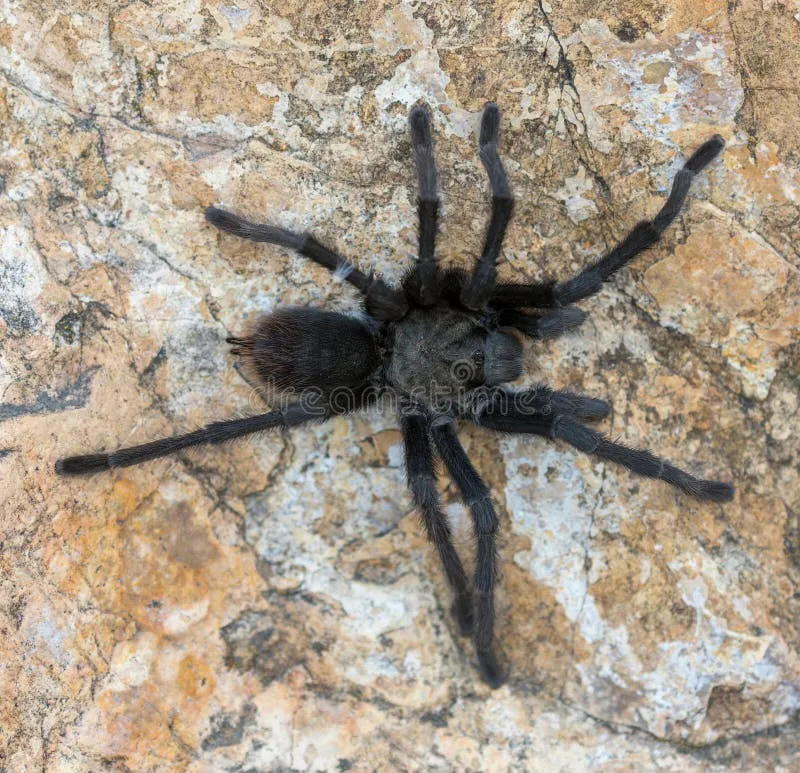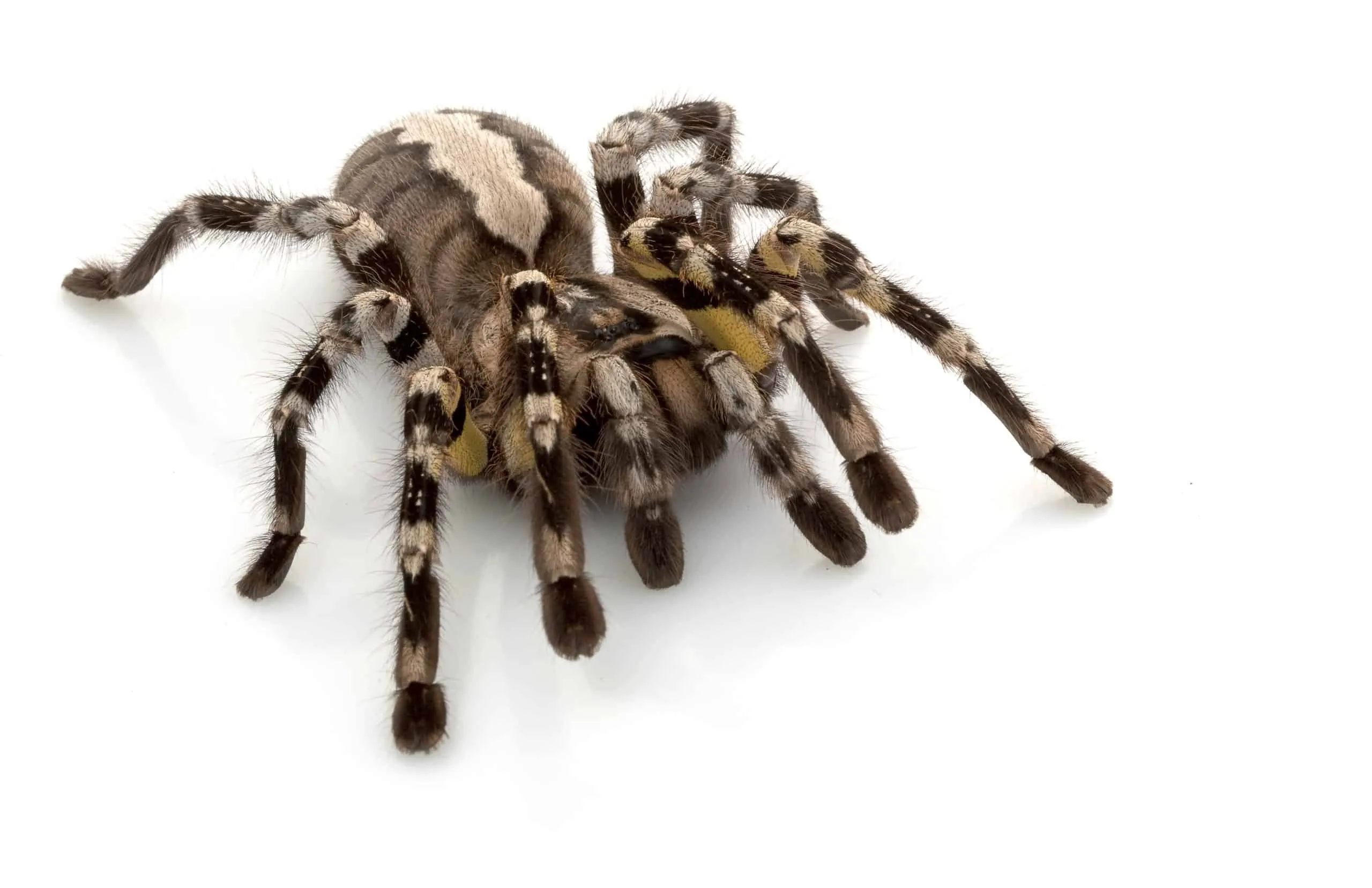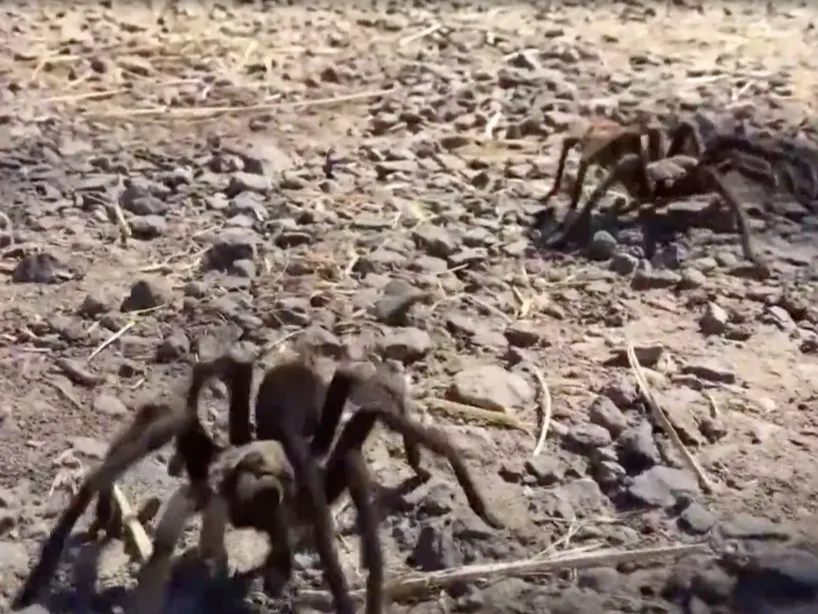Tarantula Mating Rituals
Tarantulas, despite their intimidating appearance, engage in fascinating and often complex mating rituals. These behaviors are crucial for the survival of the species, ensuring successful reproduction and the continuation of tarantula populations. Understanding these rituals offers a unique glimpse into the natural history of these captivating arachnids. From the elaborate courtship dances to the critical moments of sperm transfer and egg sac protection, the tarantula mating process is a marvel of nature, showcasing intricate strategies for survival and propagation. Let’s delve into five key facts about tarantula mating rituals, revealing the secrets of their reproductive success and the unique challenges they face in the wild.
The Courtship Dance
The courtship dance is a critical component of tarantula mating. It serves as a signal to the female, communicating the male’s species and his intentions. This dance varies between species but often involves a series of rhythmic movements, vibrations, and displays. The male tarantula will approach the female with caution, displaying his vibrant colors and making subtle advances. This dance can be a complex display of expertise, helping to assure the female of the male’s health and fitness before he is allowed to get close to her. The success of the mating largely depends on the ability of the male to perform these rituals correctly, as a wrong move could result in a disastrous outcome.
Male Tarantula’s Approach

The male tarantula’s approach is strategic and calculated. He must approach the female carefully, as she may perceive him as a threat and attack. The male’s approach involves a careful dance of drumming and vibrations to announce his presence and intent. He will also display his pedipalps, which often have hooks, to help him secure himself during the mating process. Male tarantulas are typically smaller and less robust than females, making them particularly vulnerable, so they must minimize any risk of a fatal encounter. The male’s careful and deliberate movements play a pivotal role in successful tarantula mating.
Female Tarantula’s Response
The female tarantula’s response determines the success of the mating. She may be receptive, indifferent, or aggressive. A receptive female will allow the male to approach, while an indifferent female might ignore his advances. An aggressive female, on the other hand, will attack and potentially consume the male. The female’s receptivity is influenced by various factors, including her age, nutritional status, and the timing within her molting cycle. A female ready to mate will often adopt a receptive posture, raising her abdomen to allow the male access. The female’s response sets the stage for the next critical steps in the mating process.
The Transfer of Sperm
The transfer of sperm is a critical step in tarantula mating. The male tarantula deposits his sperm onto a specialized web, often referred to as a sperm web, and then uses his pedipalps to collect the sperm. He will then insert his pedipalps into the female’s epigastric furrow to transfer the sperm. This process must be performed quickly, as the female’s patience is often limited. The sperm transfer process is a delicate dance of precision and speed, ensuring the transfer of genetic material to the female.
Sperm Web Creation

Before the mating process, the male tarantula constructs a specialized sperm web. This small web serves as a platform for the deposition of sperm. The male deposits his sperm on this web and then absorbs it into his pedipalps. This sperm-filled pedipalps are then used to transfer the sperm to the female. The creation of the sperm web is a crucial step in tarantula mating, enabling the male to store and transfer his genetic material effectively. The structure of the web is carefully designed to facilitate the sperm collection process.
Sperm Transfer Process
The sperm transfer process is the culmination of the mating ritual. The male tarantula carefully inserts his sperm-filled pedipalps into the female’s epigastric furrow, where the sperm is deposited. This is a delicate process, as the male is vulnerable during this time. The male must ensure successful transfer and the female must cooperate by remaining still. If the transfer is successful, the sperm will fertilize the female’s eggs, beginning the process of new life. The sperm transfer process is a race against time for the male, as the female may turn aggressive at any moment, potentially ending in his demise.
Post-Mating Behavior
The behaviors observed after mating are highly variable. In many species, the female may attempt to consume the male immediately after mating, providing her with a nutrient-rich meal for egg production. In other cases, the male may be able to escape, though the risk of being eaten remains significant. The post-mating behavior is a crucial aspect of tarantula mating, reflecting the balance between survival and propagation. The male’s fate often depends on the species and the female’s current condition.
Female’s Reaction

The female’s reaction after mating can range from immediate aggression to a period of tolerance. If the female is hungry or not in a receptive mood, she may attack and consume the male. In other cases, the female might allow the male to escape, especially if she is already well-fed. The female’s reaction determines the male’s survival. The female’s reaction is a result of her nutritional status, the timing of mating relative to her molting cycle, and the species-specific behaviors.
Male’s Escape
The male tarantula’s escape strategy is a critical part of survival. The males will quickly retreat from the female after sperm transfer, giving them the best chance of escaping predation. Speed and agility are vital in this moment. Males are well-adapted to avoid capture, but the female’s size and strength pose a significant threat. The male’s survival is determined by his ability to escape and potentially mate with other females. This strategic flight underscores the precarious balance of life and death in the tarantula world.
Egg Sac Production and Care
After successful mating, the female tarantula produces an egg sac. The egg sac protects the eggs and provides a stable environment for the developing spiderlings. The female takes great care of the egg sac, guarding it against predators and maintaining optimal conditions for development. Egg sac production and care are vital for the tarantula’s reproductive success. The female’s dedication to her offspring showcases the importance of parental care in ensuring the survival of the next generation.
Egg Sac Construction

The female tarantula constructs the egg sac using silk. The sac typically appears as a spherical or oval structure, within which she lays her eggs. The female uses her spinnerets to weave the silk into a protective cocoon. The construction of the egg sac is a precise and essential process. The quality of the silk and the structure of the sac contribute directly to the survival of the eggs. The size and shape of the egg sac vary among tarantula species, but the underlying principle of protection remains constant.
Incubation Period
The incubation period varies based on tarantula species, environmental factors, and temperature. During this time, the female cares for the egg sac by turning it and keeping it moist. The incubation period can last several weeks or months. During this time, the eggs develop into spiderlings. The female’s consistent care is crucial for the survival of the eggs and their transformation. The temperature and humidity play a significant role in determining the incubation period.
Protecting the Egg Sac
The female tarantula aggressively guards her egg sac, protecting it from predators and ensuring the development of the eggs. She may move the sac to protect it from threats or change the environment around it. The female’s dedication to protecting the egg sac is impressive. This parental care is a testament to the importance of protecting the offspring. Protecting the egg sac is essential for tarantula survival, ensuring the safe development of the next generation.
The Hatching Process

The hatching process marks the end of the incubation period and the beginning of a new life cycle. The spiderlings emerge from the egg sac, ready to start their independent lives. The spiderlings will stay with their mother for a brief time before they begin to disperse. The hatching process is a remarkable transition, and the success depends on the female’s care. The hatching process marks the beginning of independence for the spiderlings.
Spiderlings Survival
The spiderlings, once hatched, face the challenges of survival. Many spiderlings do not survive to adulthood due to predators, starvation, or environmental factors. Survival depends on a combination of factors, including the species, environmental conditions, and the availability of food. The spiderlings’ survival is a testament to the resilient nature of tarantulas. Spiderlings survival rates depend on various factors and the ability of the individual spiderling to find food and evade danger.
Caring for Spiderlings
In certain tarantula species, the mother provides limited care for her spiderlings. She might allow them to feed on prey she has captured, or she might protect them from threats. However, most tarantula species do not provide extensive parental care. The spiderlings must learn to hunt and survive independently soon after hatching. Caring for the spiderlings provides the next generation of tarantulas with their best chance of survival. The degree of parental care varies across tarantula species, showcasing the diverse range of reproductive strategies in the animal kingdom.
